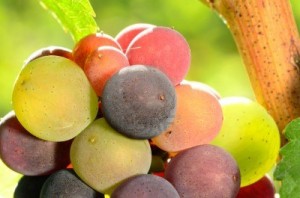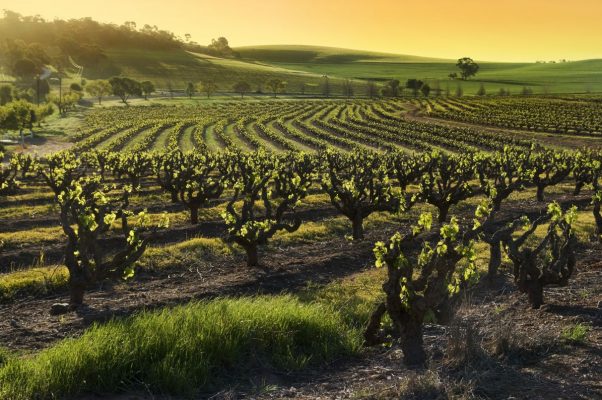
In France it is known as Pinot Gris, in Italy Pinot Grigio, in the New World wine regions, (Australia, New Zealand, South Africa, the Americas) they opt for both names depending on their fancy.
Related to the Pinot Noir (French for black) variety; Gris means grey in French as does Grigio in Italian, They are indeed one and the same however, if you put a top flight French Pinot Gris wine and a top flight Italian Pinot Grigio wine on the bench blind and tasted them together, most would take some convincing that they indeed came from the same variety.
A major variety in Alsace, France, the wines are typically rich and full of complex flavour with notes of white flowers and floral spice, the wines range from dry to medium dry and often, late harvest sweet wines are produced in the region from Pinot Gris as well. I have to confess, these are some of my favourite white wines on the planet.
In Italy the variety thrives up in the high North Country, (Friulli, Lombardy, Veneto) where it produces a dry, crisp white wine with notes of green apple, spice and minerals on the finish, they are absolutely delightful wines for sipping and grazing and rather too easy to wash down.
Apart from the not so subtle impact of winemakers making to style, the major influence on the end product here is terroir, that is to say: the very different climates and soils in each region and the total impact this influence has on the potential wine to be produced. One must also consider that there has been some clonal variation over centuries of natural selection and localized propagation.
The variety has seen enormous growth in popularity around the wine drinking world in recent years and has been widely planted in New World wine countries. New World wineries have set out to produce both styles depending on their own regional suitability for the variety and this presents a bit of a minefield for consumers. The main rule of thumb is that if a New World wine is labeled Pinot Grigio one should expect a lighter, drier, crisper style than the richer, fuller Pinot Gris labeled wines.
The variety is gaining a huge following amongst white wine drinkers and I find this quite fascinating, given the most recent major global white wine trends have been Chardonnay and Sauvignon Blanc. Whilst both of these varieties are vastly different from each other, critics suggested that at least on a semi-premium, commercial level all Chardonnays and all Sauvignon Blancs ended up tasting much the same. This follows a concept something like this: if you were cooking with peaches in your own kitchen, no matter what you did to them or how you ended up using them, the end result would be something that tasted like, well, like peaches. Part of the argument for their popularity was that this consistency removed a lot of risk for the average wine consumer and therefore made them a safe, easy and therefore popular choice.
Pinot Gris / Grigio with its site specific vagaries and style variations would suggest we are now happier exploring a white wine variety that is considerably more idiosyncratic.


